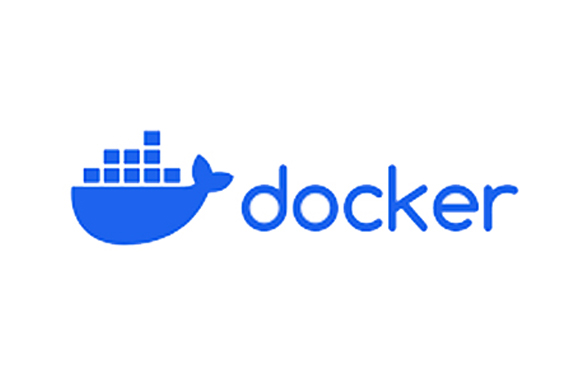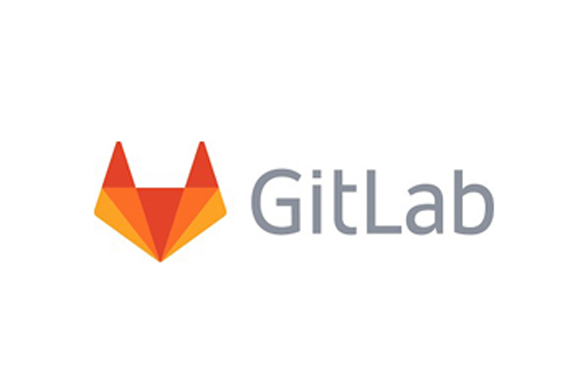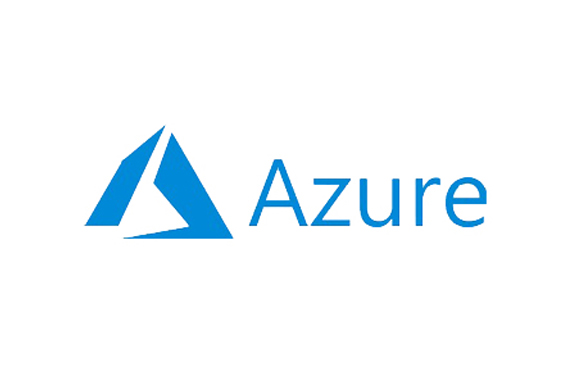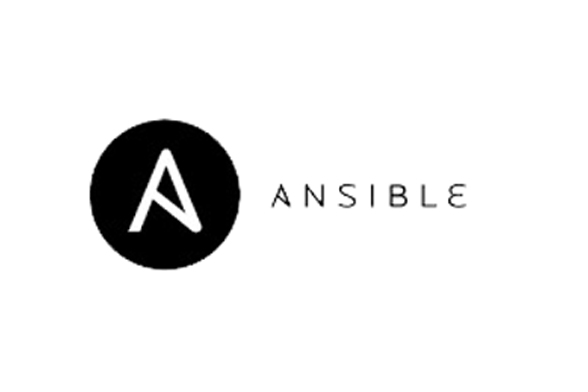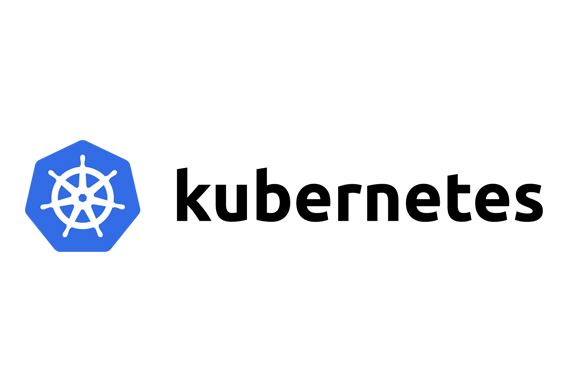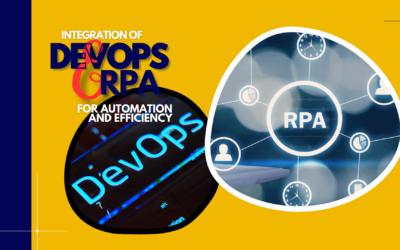DevOps Framework
Build, Test, Deploy with DevOps Transformation
A modern and agile methodology for software development that transforms your processes, culture, and outcomes. Flexible and scalable platform that adapts to your needs and goals, while ensuring reliability and performance.
Software Development
Reinvented
Overcome challenges and achieve results in a competitive tech environment. Our DevOps strategy enables you to optimize development and foster collaboration. Experience faster releases, greater certainty, and improved software delivery.
Enhanced Collaboration
Eliminate the barriers of isolated data sharing. Bring together people, skills, and tools across development and operation environments.
Dependable Delivery
Ensure consistency throughout the delivery chain. Push releases with confidence by finding and eliminating bottlenecks at every stage through thorough research.
Quicker Results
Race the trends by speeding up, build and deployment cycles with the aim of delivering high-quality solutions that match the latest business competetors.
Simplify Complexity
Leverage the best of human + machine collaboration to maximize efficiency – automating complex data-driven processes while freeing up resources.
Deliver Perfection
With Assurance
Whether you need modernizations or a complete transformation, transit to a smooth operating model to build, deploy and test applications.
CLOUD SERVICES
Leverage the power of the cloud to transform how you operate from the ground up. Bring more resilience, flexibility, and agility to speed up software and application development, testing, and deployment pipelines – while simplifying your IT environment.
CONTAINERZATION
Move your application build, test, and deploy pipeline into a cloud-native container. Access all application dependencies from any virtual environments – unifying infrastructure and operating systems distribution to enable teams to work smartly across locations.
CONTINUOUS INTEGRATION (CI) AND CONTINUOUS DELIVERY (CD)
Enhance the software quality and performance by using an automated cycle, upgrade your applications during the release pipelines, without disrupting the existing functionality. Integrate new code and granular version control to manage the changes and revisions in softwares. Deliver smooth application improvements more frequently and reliably to the customers.
DEVOPS AUTOMATION
Using advanced technologies and tools, reduce the human intervention and errors in various tasks such as provisioning, configuration, testing, and deployment. Ensure a smooth flow of data between the development and operation teams, which can improve the communication and collaboration among them. Make iterative updates to your software and deploy them faster to the market.
AGILE.
ADAPTIVE.
RESPONSIVE.
In the digital era, applications need to adapt to the fluctuations of supply and demand. With DevOps Automation at the heart, create a culture of better teamwork, faster development, and continuous improvement – throughout an application’s lifecycle. Let applications adjust to changing needs by fostering collaboration, speed, and quality in every stage of the software development process.
Roadmap Towards
DevOps Transformation
Our development framework enables us to deliver our products to the market quicker, with skilled teams following Agile principles.
Concept
Construct
Combine
Check
Commission
Cycle
Concept
Construct
Combine
Check
Commission
Cycle
Frequently Asked
Questions
What is DevOps framework and why is it important?
DevOps framework is a methodology that encourages collaboration between software development and IT operations teams to streamline the development process. The result is a workflow that encourages transparency between the two departments and allows teams to make quicker adjustments on the fly. DevOps automation is important because it helps teams deliver and fine-tune products at a rapid pace, while ensuring high-quality performance and user satisfaction.
How can DevOps framework benefit my organization?
DevOps framework can benefit your organization by improving cross-team communication, aligning team goals, reducing time to market, increasing flexibility, enhancing quality assurance, and boosting user satisfaction. DevOps can also help your organization achieve a competitive edge in the market, as well as reduce costs and risks associated with software development and deployment.
What are the key principles of DevOps framework?
The key principles of DevOps framework are:
- Culture: DevOps fosters a culture of collaboration, trust, and shared responsibility between development and operations teams.
- Automation: DevOps automates and accelerates processes, such as testing, integration, deployment, and monitoring, to eliminate manual errors and increase efficiency.
- Measurement: DevOps measures and monitors key performance indicators, such as speed, quality, reliability, and user feedback, to evaluate the effectiveness of the DevOps practices and identify areas for improvement.
- Sharing: DevOps shares information, feedback, and best practices across teams and stakeholders to ensure alignment and transparency throughout the product lifecycle.
What are the common challenges in implementing DevOps automation?
Some of the common challenges in implementing DevOps are:
- Cultural resistance: Changing the mindset and behavior of people who are used to working in silos can be difficult and require strong leadership and support.
- Technical complexity: Integrating different tools and technologies across the development and operations teams can be challenging and require skilled expertise and coordination.
- Security risks: Adopting DevOps practices can expose vulnerabilities and threats in the software delivery pipeline that need to be addressed with proper security measures.
- Lack of metrics: Measuring the impact and value of DevOps can be hard without clear and relevant metrics that align with the organizational goals and objectives.
How does DevOps framework improve through Continuous Integration and Continuous delivery?
DevOps improves collaboration between development and operations teams by breaking down the barriers between them and enabling them to work together throughout the product lifecycle. DevOps also promotes a shared set of team goals, a common source of workflows, a seamless integration cycle, a cyclic testing and Q&A process, and a continuous feedback loop. These practices help teams coordinate efforts, share information, resolve issues, and deliver products faster and better.
What tools and technologies are commonly used in DevOps automation practices?
There are many tools and technologies that can support DevOps framework practices, depending on the specific needs and preferences of each team. Some of the common categories of tools are:
- Version control: These tools help teams manage changes to code and track revisions. Examples include Git, GitHub, Bitbucket, SVN, etc.
- Continuous integration: These tools help teams automate the process of building, testing, and integrating code. Examples include Jenkins, Travis CI, CircleCI, Bamboo, etc.
- Continuous development: These tools help teams automate the process of deploying code to different environments. Examples include AWS CodeDeploy, Azure DevOps Services, Google Cloud Deployment Manager, etc.
- Configuration management: These tools help teams automate the process of configuring and maintaining servers and applications. Examples include Ansible, Chef, Puppet, SaltStack, etc.
- Monitoring: These tools help teams monitor the performance and availability of applications and systems. Examples include Nagios, Zabbix, Prometheus, Grafana, etc.
- Collaboration: These tools help teams communicate and collaborate effectively. Examples include Slack, Jira, Trello, Confluence, etc.
How does DevOps framework ensure faster and more frequent software deployments?
DevOps framework ensures faster and more frequent software deployments by automating and streamlining the processes involved in developing, testing, integrating, deploying, and monitoring software. By using continuous integration (CI) and continuous delivery (CD) tools, teams can build code faster, detect errors earlier, integrate changes seamlessly, deploy code reliably, and monitor performance continuously. This reduces manual work, improves quality, and accelerates delivery.
What role does automation play in DevOps framework?
Automation plays a crucial role in DevOps framework as it helps teams eliminate manual errors, increase efficiency, enhance consistency, and reduce costs. DevOps Automation also enables teams to focus on more creative and strategic tasks, rather than repetitive and mundane ones. DevOps Automation can be applied to various aspects of the DevOps lifecycle, such as code development, testing, integration, deployment, and monitoring.
How can I measure the success and ROI of implementing DevOps Framework?
Measuring the success and ROI of implementing DevOps framework can be challenging as it involves both qualitative and quantitative aspects. However, some of the common metrics that can help evaluate the effectiveness of DevOps automation are:
- Deployment frequency: This metric measures how often teams deploy code to production or other environments. It indicates the speed and agility of the software delivery process.
- Lead time: This metric measures how long it takes for a code change to go from commit to deployment. It indicates the efficiency and productivity of the software delivery process.
- Change failure rate: This metric measures how often a code change causes a failure or defect in production or other environments. It indicates the quality and reliability of the software delivery process.
- Mean time to recovery: This metric measures how long it takes for teams to restore service after a failure or defect occurs. It indicates the resilience and responsiveness of the software delivery process.
- Customer satisfaction: This metric measures how satisfied customers are with the software products or services. It indicates the value and impact of the software delivery process.
What is the typical cost of a DevOps Automation deployment project with i2D Communications?
The typical cost of a DevOps automation project depends on various factors, such as the size and scope of the project, the complexity and maturity of the existing processes, the tools and technologies used, the skills and experience of the team members, and the expected outcomes and benefits. However, some of the common components that contribute to the cost of a DevOps automation project are:
- People: This includes the salaries, benefits, training, and retention of the team members involved in the DevOps framework.
- Tools: This includes the acquisition, licensing, maintenance, and support of the tools and technologies used in the DevOps framework.
- Infrastructure: This includes the provisioning, scaling, security, and management of the servers, networks, storage, and other resources used in the DevOps framework.
- Process: This includes the design, implementation, improvement, and governance of the processes involved in the DevOps framework.
- Risk: This includes the potential losses or damages that may occur due to failures, defects, breaches, or other issues in the DevOps framework.
Ideate. Innovate.
Inspire.
Powerful triad to transform your business, an inspiration to create a better tomorrow.
The Digital Sweat and Tears for a Product Nobody Asked For – Early Stage SaaS Validation is Key
KEY TAKEWAYS:IntroductionThe Founder's Lament: "Spent 3 Months Coding Something Nobody Wanted" - A Failure to Validate SaaS Idea Early On?Beyond the...
Artificial Intelligence (AI) Breakthrough: Nvidia’s New Model Challenges GPT-4
Nvidia’s NVLM 1.0: A Game-Changer in Artificial Intelligencechallenging CHAT GPT-4Breaking the Mold: Open-Source AIPerformance and CapabilitiesExceptional...
The Ultimate Guide to Integrating RPA and DevOps for Incredible Automation and Efficiency
Learn how to integrate RPA and DevOps for amazing automation and efficiency in this ultimate guide
Looking for pros to build your next application?
Reach out to us and see how we make your business more valuable.

